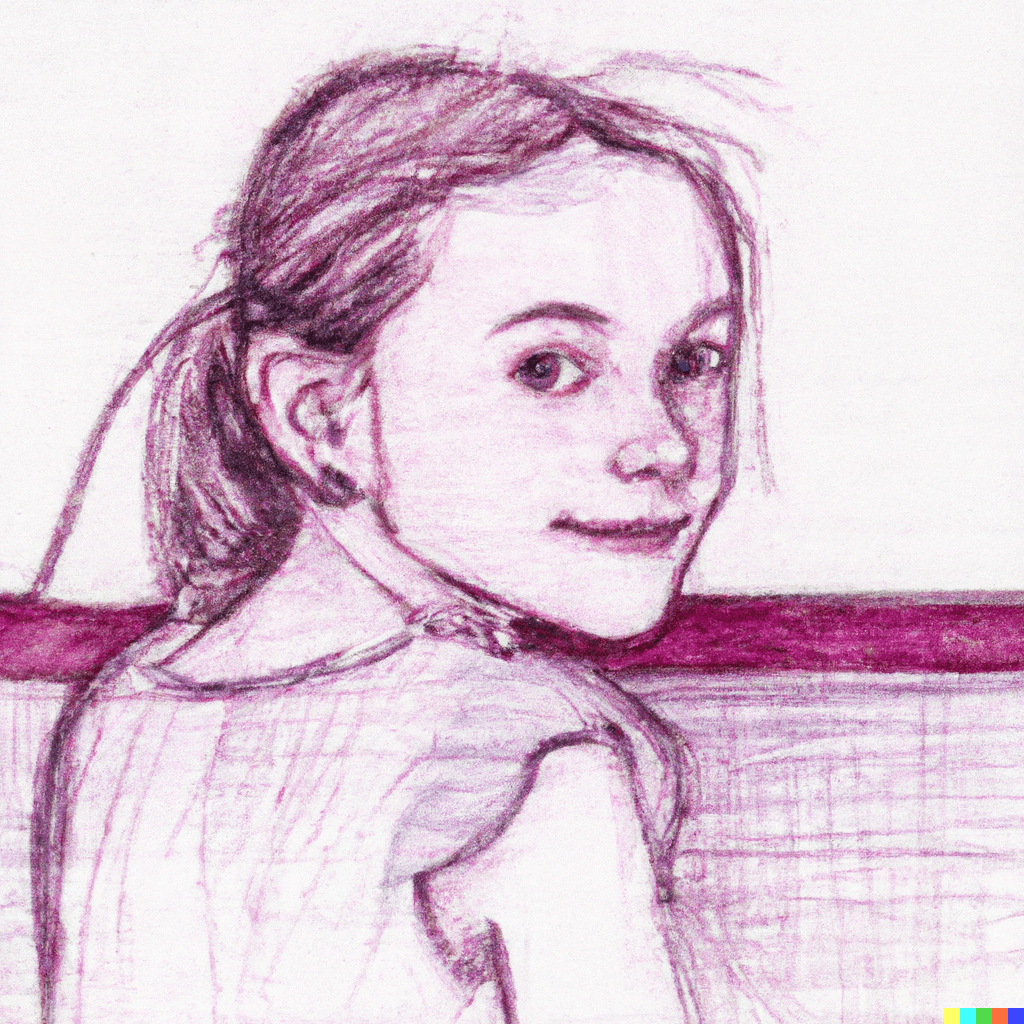The essence of working with another person is to be present as a living being. And that is lucky, because if we had to be smart, or good, or mature, or wise, then we would probably be in trouble. But, what matters is not that. What matters is to be a human being with another human being. – Eugene Gendlin, The Primacy of Human Presence
How best to accompany those suffering from grief, extreme stress or trauma? It’s a question that has been coming up a lot in my life and work. It seems as though many of us are searching for just the right technique, or thing to say in the face of deep suffering, and feeling unequal to the task. I believe it’s part of being human to experience a mix of joy and suffering, and that we are all capable of helping those in pain.
In a recent group I host for the Polyvagal Institute, we had a conversation about how to help those experiencing the effects of trauma and dysregulation. While there are lots of excellent and well-known techniques, like slowing the breath or orienting to inner and outer resources, our conversation led to something more important, beyond technique. Underlying all the suggestions you may have to soothe a person who is suffering, the most valuable thing you can offer is simply your presence.
We are designed to co-regulate
There are some practical ways to cultivate a sense that we are safe to others. If we can embody and convey a sense of calm and reassurance, this is contagious. As mammals, we are designed to pick up cues of safety, so when those around us feel comfortable enough, we can settle in a sense of safety too.
However, the ability to co-regulate is not something that can be falsely manufactured. What if I don’t feel all that safe and settled, and I still want to be a source of help and comfort? This is where a powerful idea from psychologist/philosopher Eugene Gendlin can help. In his lovely piece on ‘Keeping Nothing Between’, he suggests we don’t need to be anything other than who we are in the moment, our fallible human self. Our very willingness to be open and vulnerable is an invitation to trust.
I am sharing an excerpt here, from Gendlin (You and I – The Person in There), hoping you find it as inspiring as I do:
“In a restaurant a little girl in the next booth turns to look at you. It is an open look, direct from her – to you. She doesn’t know that strangers are not supposed to connect. She does not put this knowledge between herself and you. There is nothing in between. You look back. Her parents make her sit down and face forward. But then, when they all leave, she turns around at the door, to look again. After all, you and she have met therefore she wouldn’t just leave.
In first grade the children look at the teacher searchingly, openly, reachingly. They put nothing between. The teacher is concerned with the eight levels of reading ability, and does not look back.
Do only little children keep nothing between? Or can adults do that too? We can, but for us it is a special case.
If you came to see me now, I would not look at you like that, nor would I notice if you looked. You would find me in a certain mood in my private struggles. I am also preoccupied with writing this paper. If you suddenly walked in, a third cluster would come: The social set for greeting someone properly. I would respond to you out of that set. Or if you are an old friend, I would respond from the familiar set of the two of us. If you then wanted to relate in some fresh, deep way, it would take me a minute to put our usual set aside, to put my concern about my chapter away, and to roll my mood over so that I am no longer inside it. Then I would be here without putting anything between. But it would be easier to remain behind all that, and depend on my automatic ways.
If I really want to be with you, I keep nothing in front of me. Of course I know I can fall back on the automatic ways. If need be, I can also defend myself. I have many resources. But I don’t want all that between us.
If I keep nothing between, you can look into my eyes and find me. You might not look, of course. But if you do, I won’t hide. Then you may see a very insufficient person. But for contact, no special kind of human being is required. This fact makes a thick peacefulness.”
Wishing you and yours a ‘thick peacefulness.’
For those interested in learning more about Gendlin’s gentle somatic art of Focusing, I have a short introductory course on my web site under Products. I am also offering a live 4-class course via the Jung Platform starting Jan. 23, 2024 — which will be available as a recording after this. Here is the link: https://jungplatform.com/store/focusing-accessing-the-bodys-wisdom/partner/frxszk/

